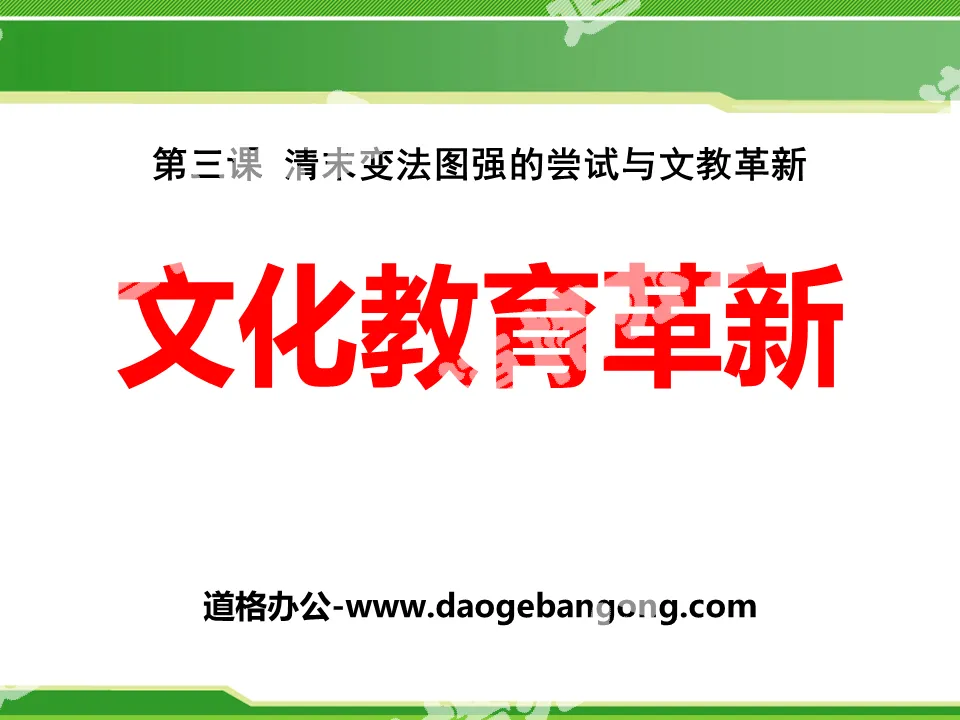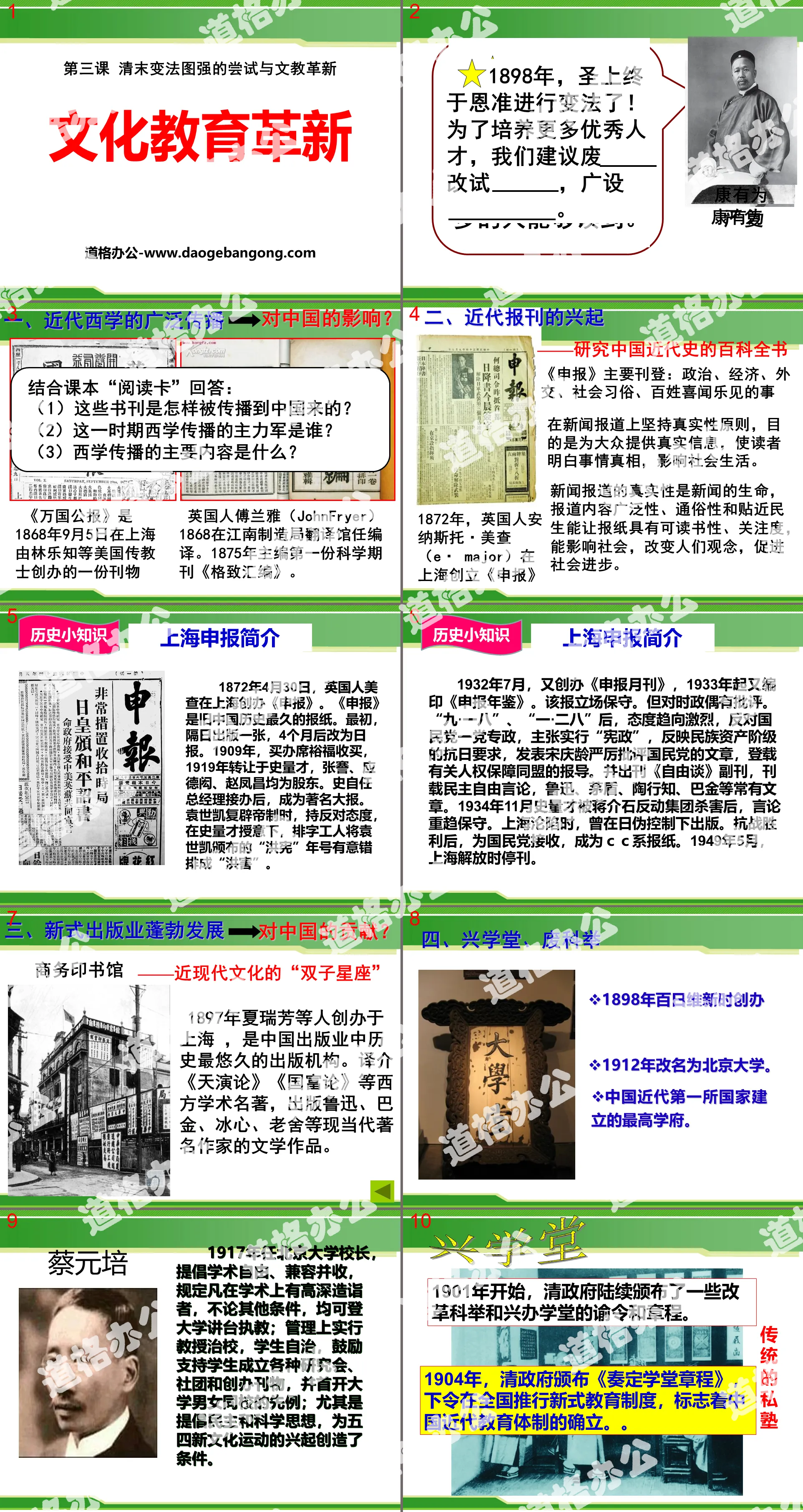The second volume of history for eighth grade compiled by the People's Education Publishing House
Zhonghua Book Company Edition Eighth Grade History Volume 2
Zhonghua Book Company Edition Seventh Grade History Volume 2
People's Education Edition Eighth Grade History Volume 1
Yuelu Edition Seventh Grade History Volume 2
People's Education Edition History and Society 9th Grade Part II
People's Education Press History and Society Grade 9
Volume 1 of the seventh grade history compiled by the People's Education Publishing House
People's Education Press Seventh Grade History Volume 1
People's Education Press History and Society for Grade 8 Volume 1
East China Normal University Edition Seventh Grade History Volume 1
People's Education Press Ninth Grade History Volume 2
People's Education Press History and Society Grade 7
People's Education Edition Eighth Grade History Volume 2
Yuelu Edition Seventh Grade History Volume 1
People's Education Press Seventh Grade History Volume 2

| Category | Format | Size |
|---|---|---|
| People's Education Press History and Society for Grade 8 | pptx | 6 MB |
Description
"Cultural and Educational Innovation" Modern China PPT in the tide of industrial civilization in the mid-to-late 19th century
Part One: The Wide Spread of Modern Western Learning
Answer based on the textbook “Reading Cards”:
(1) How were these books and periodicals spread to China?
(2) Who was the main force in the spread of Western learning during this period?
(3) What is the main content of the spread of Western learning?
"Global Gazette" is a publication founded in Shanghai on September 5, 1868 by Lin Lezhi and other American missionaries.
John Fryer, an Englishman, worked as a translator in the Translation Hall of Jiangnan Manufacturing Bureau in 1868. In 1875, he edited the first scientific journal "Gezhi Collection".
Cultural and educational innovation PPT, part 2: The rise of modern newspapers and periodicals
——An encyclopedia for studying modern Chinese history
"Shenbao" mainly publishes: politics, economy, diplomacy, social customs, and things that people like to hear and see.
The purpose of adhering to the principle of authenticity in news reporting is to provide the public with real information so that readers can understand the truth and affect social life.
The authenticity of news reports is the life of the news. The extensiveness, popularity and closeness of the report content to people's livelihood can make newspapers readable and attention-grabbing, and can influence society, change people's ideas and promote social progress.
Introduction to Shanghai declaration
On April 30, 1872, British American Mecha founded Shenbao in Shanghai. Shenbao is the oldest newspaper in old China. Initially, it was published every other day, and after four months it was changed to a daily newspaper. In 1909, comprador Xi Yufu bought it and transferred it to Shi Liangcai in 1919. Zhang Jian, Ying Dehong and Zhao Fengchang were all shareholders. After Shi Zi took over as general manager, it became a well-known major newspaper. When Yuan Shikai restored the monarchy, he was opposed to it. Under the instruction of Shi Liangcai, the typesetting workers deliberately misarranged the "Hongxian" era name promulgated by Yuan Shikai as "Hongxi".
Cultural and educational innovation PPT, the third part: the vigorous development of the new publishing industry
——The "Gemini Constellation" of modern culture
Founded in Shanghai in 1897 by Xia Ruifang and others, it is the oldest publishing organization in the Chinese publishing industry. It has translated and introduced Western academic masterpieces such as "On the Evolution of Heaven" and "The Wealth of Nations", and published literary works by famous modern and contemporary writers such as Lu Xun, Ba Jin, Bing Xin, and Lao She.
Cultural and educational innovation PPT, the fourth part: establishing schools and abolishing imperial examinations
Founded in 1898 during the Hundred Days Reform
In 1912, it was renamed Peking University.
The first highest university established by the state in modern China.
Cai Yuanpei
In 1917, he served as the president of Peking University. He advocated academic freedom and inclusiveness, and stipulated that those with advanced academic attainments could teach on the university platform regardless of other conditions. In terms of management, professors governed the school, student autonomy was implemented, and students were encouraged and supported to establish Various research societies, societies and journals were founded, and it was the first to establish coeducation in universities. In particular, it promoted democracy and scientific ideas, creating conditions for the rise of the May Fourth New Culture Movement.
Abolish the imperial examination
1. Reasons for the abolition of the imperial examination system
When the imperial examination system was implemented
The imperial examination system was an important system for selecting talents in the feudal era. The imperial examination system lasted for more than a thousand years in China. Why should it be abolished?
The imperial examination based on stereotyped writing has increasingly become a fetter that restricts scholars’ thinking and intelligence.
2. Abolition of the imperial examination system
How was the imperial examination system abolished?
In 1904, the Qing government promulgated the "School Charter" and established a new education system.
In 1905, the Qing government announced the suspension of all imperial examinations.
3. The significance of the abolition of the imperial examination system
The abolition of the imperial examination system cut off people's pursuit of imperial examination fame, effectively promoted the development of new-style schools, and promoted the emergence of a group of intellectuals with new ideas and concepts. This measure greatly promoted the development of modern education.
Cultural and educational innovation PPT, part 5: training camp
1. The first highest university established by the state in modern my country is ( )
A. Jingshi Tongwen Hall B. Fuzhou Shipping Hall
C. Wanmu Thatched Cottage D. Capital University
2. The imperial examination system that has been used in our country for more than 1,300 years was abolished ( )
A. 1898 b. 1905
C. 1911 D. 1912
3. What is wrong with the statement about "Zu Ding School Regulations" ( )
A. It is the first academic system in modern China to be promulgated by education laws and implemented nationwide.
B. It clearly stipulates school education curriculum, educational administration and school management.
C. It had a significant impact on modern education in China.
D. The imperial examination system, which marked the continuation of China's feudal society for more than a thousand years, was abolished.
4. At the beginning of the 20th century, new schools at all levels including primary, secondary and higher education were gradually established in various places. The main reason is ( )
A. The promulgation of the "Regulations of the School"
B. The promulgation of the edict "Ming Dynasty"
C. Abolition of the imperial examination system
D. The establishment of the Commercial Press
Keywords: Free download of PPT courseware for the second volume of eighth-grade history and society from the People's Education Press, PPT download of cultural and educational innovation, PPT download of modern China in the tide of industrial civilization in the mid-to-late 19th century, .PPT format;
For more information about the PPT courseware "Modern China's Cultural and Educational Innovations in the Tide of Industrial Civilization in the Mid-to-late 19th Century" PPT courseware, please click the "Modern China's Cultural and Educational Innovations in the Tide of Industrial Civilization in the Mid-to-late 19th Century" ppt tag.
File Info
Update Time: 2024-09-06
This template belongs to History courseware People's Education Press History and Society for Grade 8 industry PPT template
"Cultural and Educational Innovation" Modern China PPT in the tide of industrial civilization in the mid-to-late 19th century Simple campus recruitment activity planning plan summary enterprise and institution recruitment publicity lecture PPT template is a general PPT template for business post competition provided by the manuscript PPT, simple campus recruitment activity planning plan summary enterprise and institution recruitment promotion Lecture PPT template, you can edit and modify the text and pictures in the source file by downloading the source file. If you want more exquisite business PPT templates, you can come to grid resource. Doug resource PPT, massive PPT template slide material download, we only make high-quality PPT templates!
Tips: If you open the template and feel that it is not suitable for all your needs, you can search for related content "Cultural and Educational Innovation" Modern China PPT in the tide of industrial civilization in the mid-to-late 19th century is enough.
How to use the Windows system template
Directly decompress the file and use it with office or wps
How to use the Mac system template
Directly decompress the file and use it Office or wps can be used
Related reading
For more detailed PPT-related tutorials and font tutorials, you can view: Click to see
How to create a high-quality technological sense PPT? 4 ways to share the bottom of the box
Notice
Do not download in WeChat, Zhihu, QQ, built-in browsers, please use mobile browsers to download! If you are a mobile phone user, please download it on your computer!
1. The manuscript PPT is only for study and reference, please delete it 24 hours after downloading.
2. If the resource involves your legitimate rights and interests, delete it immediately.
3. Contact information: service@daogebangong.com
"Cultural and Educational Innovation" Modern China PPT in the tide of industrial civilization in the mid-to-late 19th century, due to usage restrictions, it is only for personal study and reference use. For commercial use, please go to the relevant official website for authorization.
(Personal non-commercial use refers to the use of this font to complete the display of personal works, including but not limited to the design of personal papers, resumes, etc.)
Preview










